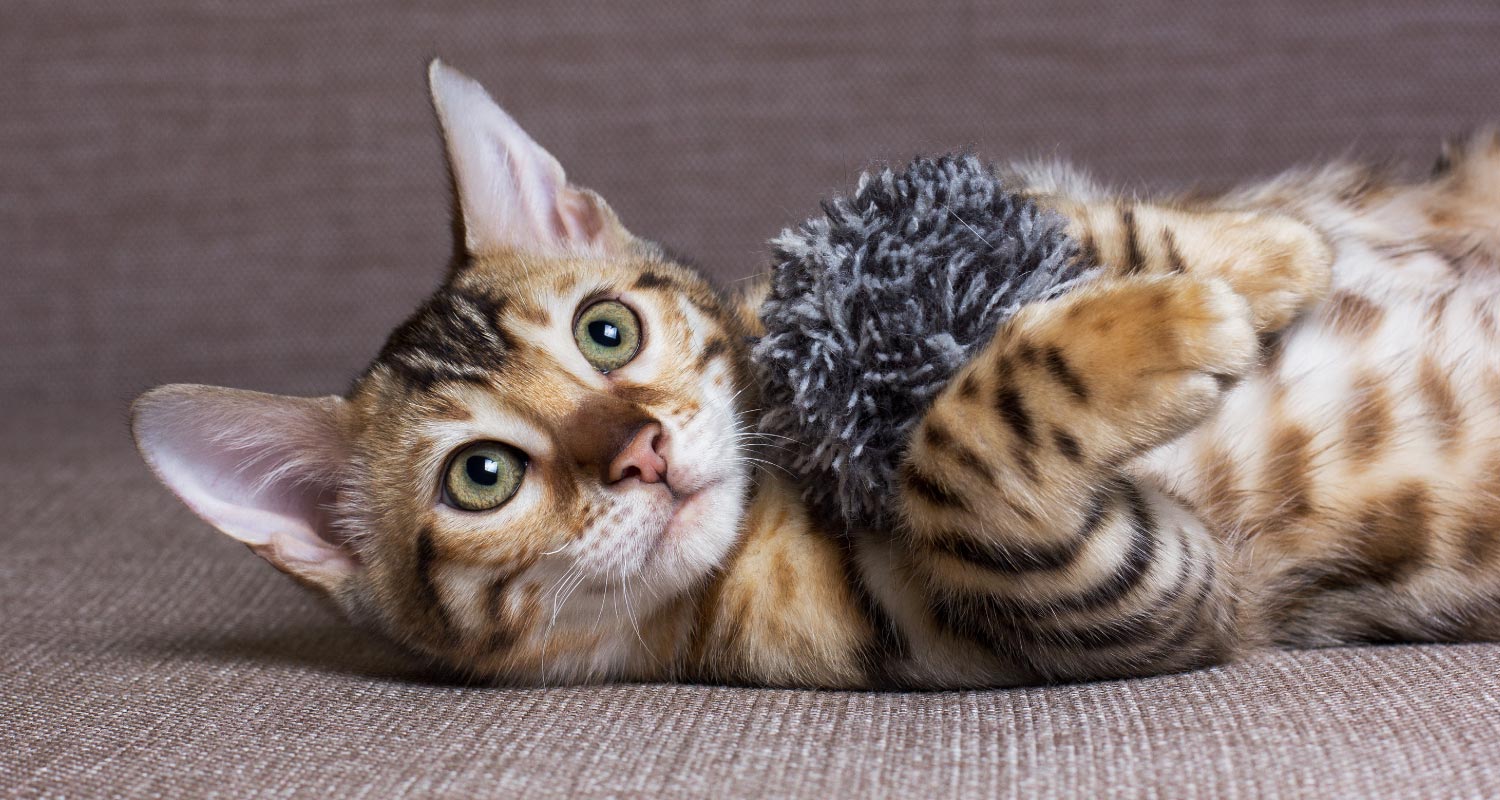HEALTH & WELLNESS

VOTING BOOTH

TRENDING

LIONS FOUNDATION OF CANADA DOG GUIDES
Lions Foundation of Canada Dog Guides and its founding program, Canine Vision Canada, was established in 1983. It’s the largest school of its kind in Canada with its training school in Oakville and breeding facility in Breslau.
FELINE KIDNEYS: THE FACTS

WHAT ARE KIDNEYS?
Feline kidneys are paired organs that reside in the dorsal abdomen. One is situated on the left and the other on the right. The kidneys at birth are the same kidneys for the rest of a cat’s life. They don’t regrow, and “healing” is a limited ability for this important organ.
VITAL KIDNEY FUNCTIONS
Kidneys have a variety of vital functions that include:
- Producing renin, an enzyme that controls the body’s blood pressure.
- Filtering waste products and extra water from the blood so that they can be excreted in the urine.
- This process eliminates toxins from the body and maintains a proper level of hydration.
- Regulatingelectrolytes (such as sodium, potassium, phosphorous, and calcium) in the body.
- Producing and concentrating urine, which is made up of waste, toxins, and extra fluid that the body doesn’t need.
- Producing erythropoietin, a hormone that stimulates the bone marrow to create new red blood cells. Red blood cells carry oxygen throughout our bodies.
THE IMPORTANT ROLES OF KIDNEYS
KIDNEYS ARE INVOLVED IN:
Homeostasis
Homeostasis is the term used to describe a body that’s in balance; or in other words: a body with a stable internal environment. Kidneys help maintain this balance by filtering fluids and waste through the body and by playing a role in blood pressure. These and other functions make kidneys a major homeostatic organ.
Excretion
Kidneys are part of the urinary system which is responsible for producing urine and excreting (eliminating) waste products found in blood. Urea (the major component of urine), excess water and toxins are examples of waste products the body doesn’t need.
Regulating Blood Pressure
Kidneys are involved in controlling blood pressure. In a nutshell: They cause arteries and veins to constrict which increases the circulating blood volume and ultimately the pressure.
Here’s how it works: Renin – an enzyme that also acts as a hormone – is secreted by and stored in the kidneys. Renin promotes the production of the protein angiotensin. Angiotensin, in turn, causes vasoconstriction (the constriction of blood vessels). This then leads to an increase in blood pressure which restores perfusion pressure in the kidneys.
Erythropoiesis
Erythropoiesis is the medical term for the production of red blood cells. The kidneys produce a hormone called erythropoietin. This hormone stimulates bone marrow to create red blood cells. When the hormone is not produced, the bone marrow is not stimulated and red blood cells are not produced which can lead to anemia (lack of oxygen delivered to cells in the body).
Water Balance and Regulation
Kidneys regulate water balance in the body by controlling the water concentration of blood plasma.
Metabolism and Maintaining pH
Metabolism is commonly used to refer to the breakdown of food and its transformation into energy. Kidneys play an important role in the metabolism of carbohydrates, proteins, lipids and other nutrients (including calcium and vitamin D).
Metabolic processes continually produce acid (more) and base (less). Most acid comes from carbohydrate and fat metabolism.
Kidneys maintain the acid–base balance by:
- Reabsorbing bicarbonate from urine
- Excreting hydrogen ions into urine
CLINICAL SIGNS OF CKD
The most frequently observed clinical signs of CKD in cats include:
- Primary polyuria (PU) – increased thirst
- Compensatory polydipsia (PD) – increased urination
- Inappetence – lack of appetite
- Weight loss
- Lethargy
- Other reported clinical signs are mainly related to the gastrointestinal tract and include intermittent vomiting, constipation and halitosis
TREATMENT OF CKD
Feline CKD is a progressive, degenerative disease that cannot be cured since the damage to the kidney that is characteristic for CKD is irreversible; however, with the right treatment, it can be managed very successfully for many years without affecting the special bond between cat and owner.
The goals of treatment of CKD are to slow the progression of the disease, to maintain or improve the quality of life of the patient, and to extend patient survival.
The main treatment goals when managing feline CKD patients include:
- reduction of hyperphosphatemia (electrolyte disturbance in which there is an abnormally elevated level of phosphate in the blood)
- reduction of proteinuria (abnormally high protein levels in the urine)
- reduction of hypertension








